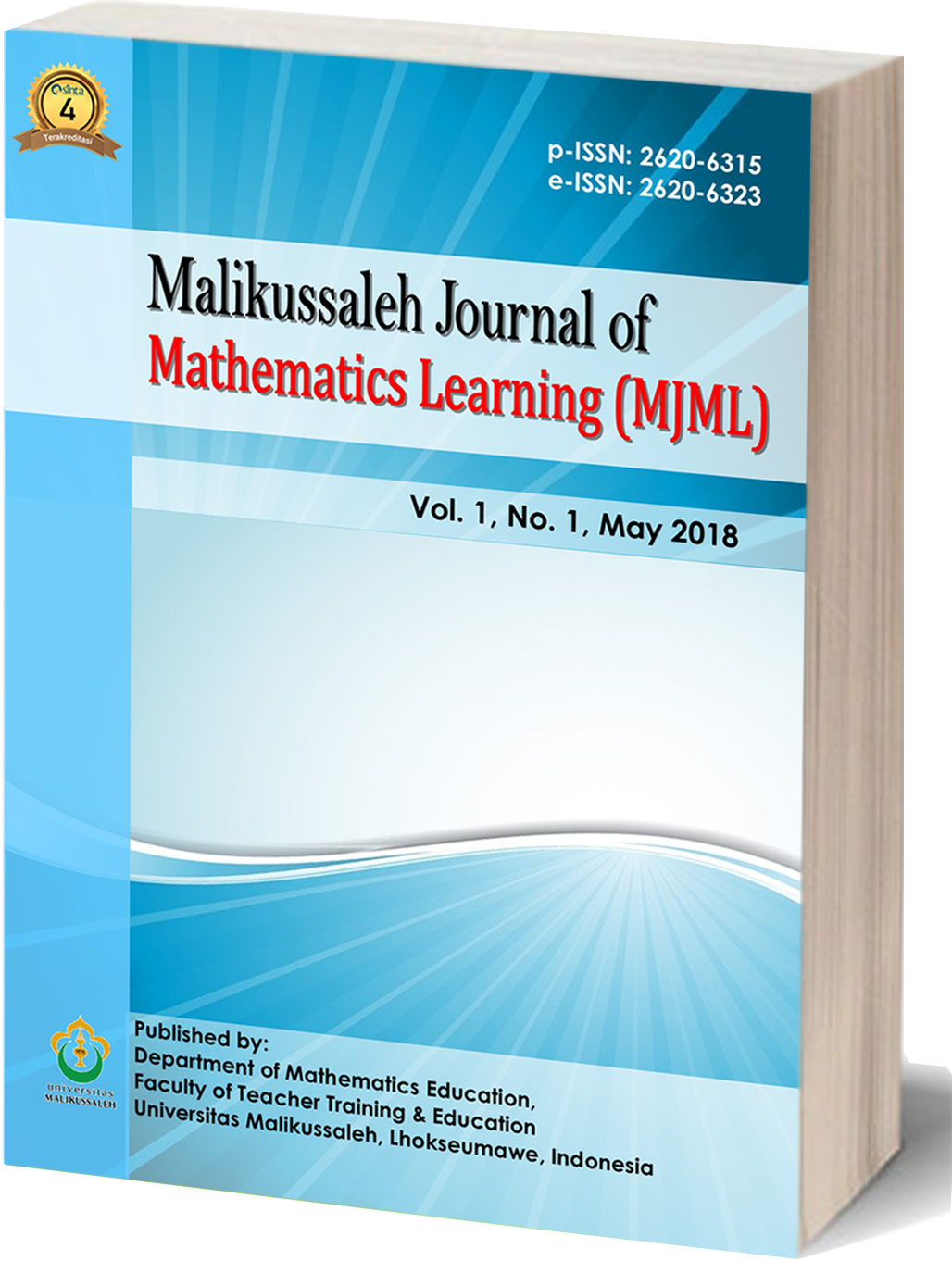
Once this responsiveness achieved by the Passport, users can directly interact with the engine and so the JSON language was replaced by the new markup language.
MJML INNOVATIONS CODE
When the user creates the email, the engine understands in JSON and then translates it into HTML code by the engine. While Passport allows the user to create a responsive email through drag and drop functions, in the background these actions are translated into HTML code template. To address this issue of mobile friendliness, the developers of MJML recently brought Passport, which is nothing but a responsive email builder that works with drag and drop actions. As more than 50 percent of emails are now opened and read on mobile devices, being responsive is a must-have requirement now for emails. Easy and stripped-off code structure and simple elements make MJML the right framework when it comes to speed of delivery.Ĭonsider all the email clients presently in the market, and you will realise that in spite of their tall claims as being responsive and mobile-friendly, they often fail to fit the mobile screens perfectly. It mainly brought the virtue of lightning-fast delivery. MJML, over a span of just two years since its inception in 2015, quickly rose to global prominence as the most user-friendly framework for responsive email. It ensures lightning first delivery of emails.Īs per an estimation by MJML more than 20 billion emails have been sent so far by businesses of all niches so far. In that respect, the open source framework just works superbly. Deliverability issues directly impact the ROI of a company and hit credibility over a period.
MJML INNOVATIONS UPGRADE

Note that previous notation is deprecated but still available
MJML INNOVATIONS FULL
API te create a component is now much easier, and allow postRender hook with full HTML document.One standalone package for each component.mjml is a standlone mjml client with standard MJML lib (column/section/body/.).


MJML is now a mono repo project with multiple packages.(100 / number of non-raw elements in section)%Ĭlass name, added to the root HTML element created Requires: a padding, inner background color for column Any mj-element included in a column will have a width equivalent to 100% of this column's width.Ĭolumns cannot be nested into columns, and sections cannot be nested into columns as well.

Ĭolumns are meant to be used as a container for your content. Any standard component, or component that you have defined and registered, can be placed within a column – except mj-column or mj-section elements. The width of the parent `mj-section` (or 100%).Įvery single column has to contain something because they are responsive containers, and will be vertically stacked on a mobile view. The sum of columns in a section cannot be greater than To be responsive, columns are expressed in terms of percentage. They must be located under mj-section tags in order to be considered by the engine. Columns enable you to horizontally organize the content within your sections.


 0 kommentar(er)
0 kommentar(er)
